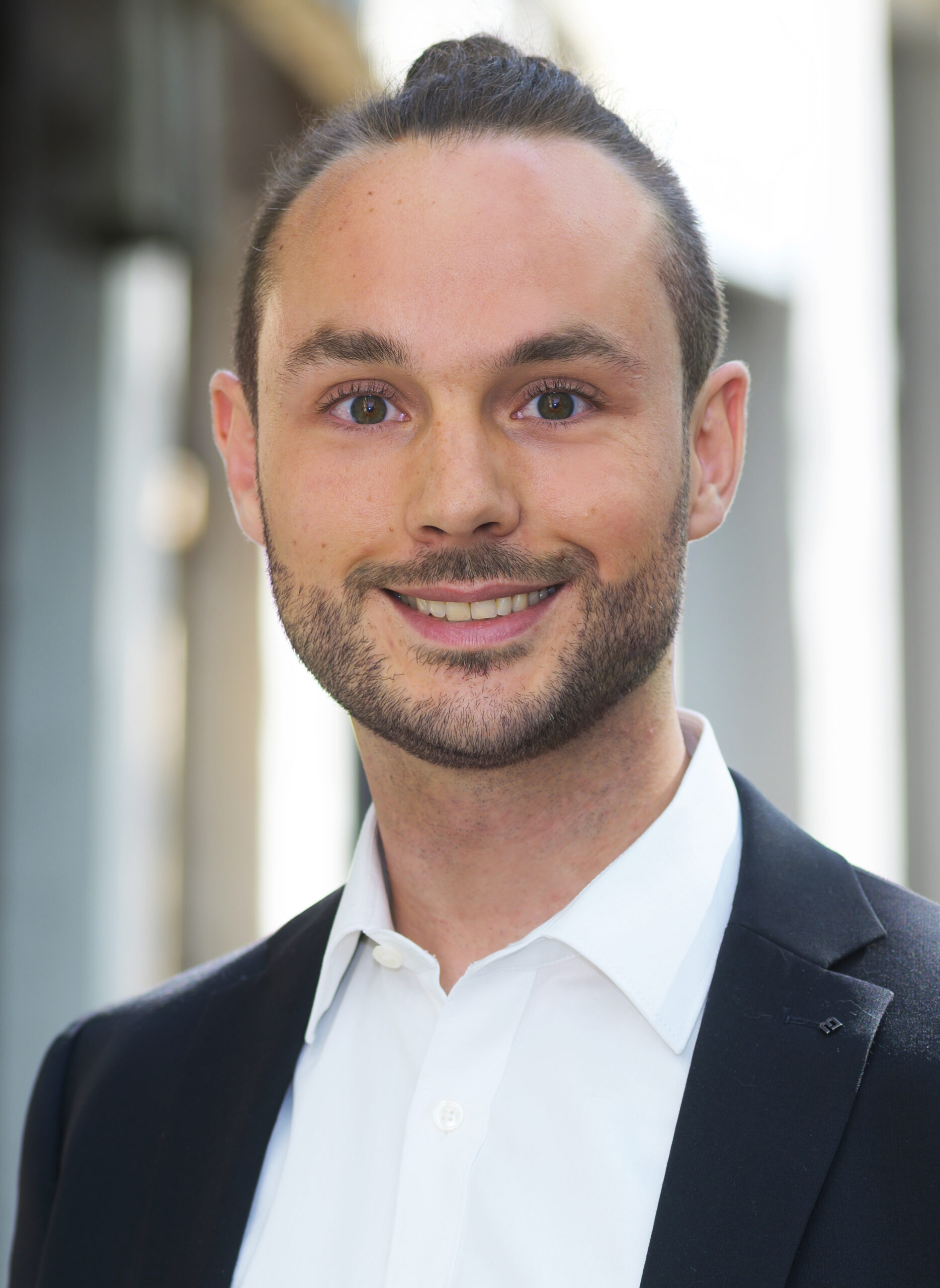Augmented Active Shape Model Search – towards 3D Ultrasound-based Bone Surface Reconstruction
Publication Info
- Authors
B. Hohlmann
K. Radermacher - Publisher
EPiC Series in Health Sciences - Conference
The 20th Annual Meeting of the International Society for Computer Assisted Orthopaedic Surgery - Date
2020 - Link
https://doi.org/10.29007/3px6 - PDF „IPASM 2020“
Abstract
Patient-specific instrumentation in total knee arthroplasty (TKA), among other medical indications, requires a three-dimensional model of the bones involved. Currently, these are typically segmented from computer tomography images. Ultrasound offers a cheap as well as radiation-less imaging alternative, but suffers from a low signal-to-noise ratio as well as several other image artifacts. The interleaved partial active shape models search (IPASM) adapts a general physiological model to a set of images of a single patient, but suffers from false correspondences being soft tissue interfaces that are interpreted as bone surface. In order to counter this problem, a convolutional neural network (CNN) is applied to preprocess ultrasound images into bone confidence maps. This reduces the average surface distance error in an in-vivo evaluation by 0.7 to 1.3 mm.

Heatmap visualization of the surface distance error (SDE) of the ‘enlarged’ experiment. Lateral view. Notice a spot with high reconstruction error occurs in areas not visible in the ultrasound images.
